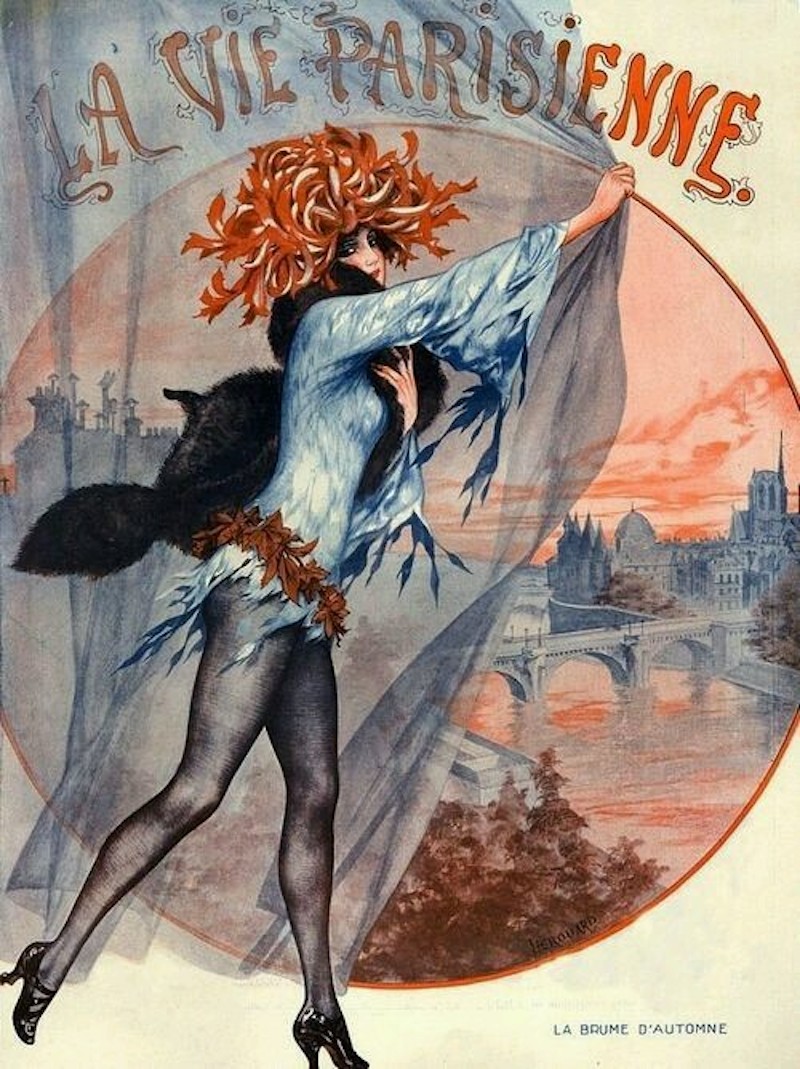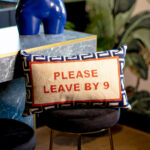
A pair of clandestine, gender-bending lovers are about to embrace at la brasserie. A fashionable young woman in a barely-there dress is partying the night away in the cabarets of Paris without a care (or a man) in the world to ruin her fun. A curious eye would be intrigued by the risqué illustrations of La Vie Parisienne magazine alone, which once was deemed so taboo, that a prominent US General went out of his way to ‘outlaw’ soldiers from buying it during WWI – which only made it all the more popular, of course. The French weekly offered a titillating, cultural collision that set the standard for 20th century erotic publications, because in addition to its sultry content, the publication’s 157 year evolution (yes, it’s still in print today) also included thoughtful essays, political satire, lifestyle advice appealing to both men and women; coverage of literature, music, sports – in short, a ‘his & hers’ Playboy before Playboy. Loosen your garter and let’s have a look-see…
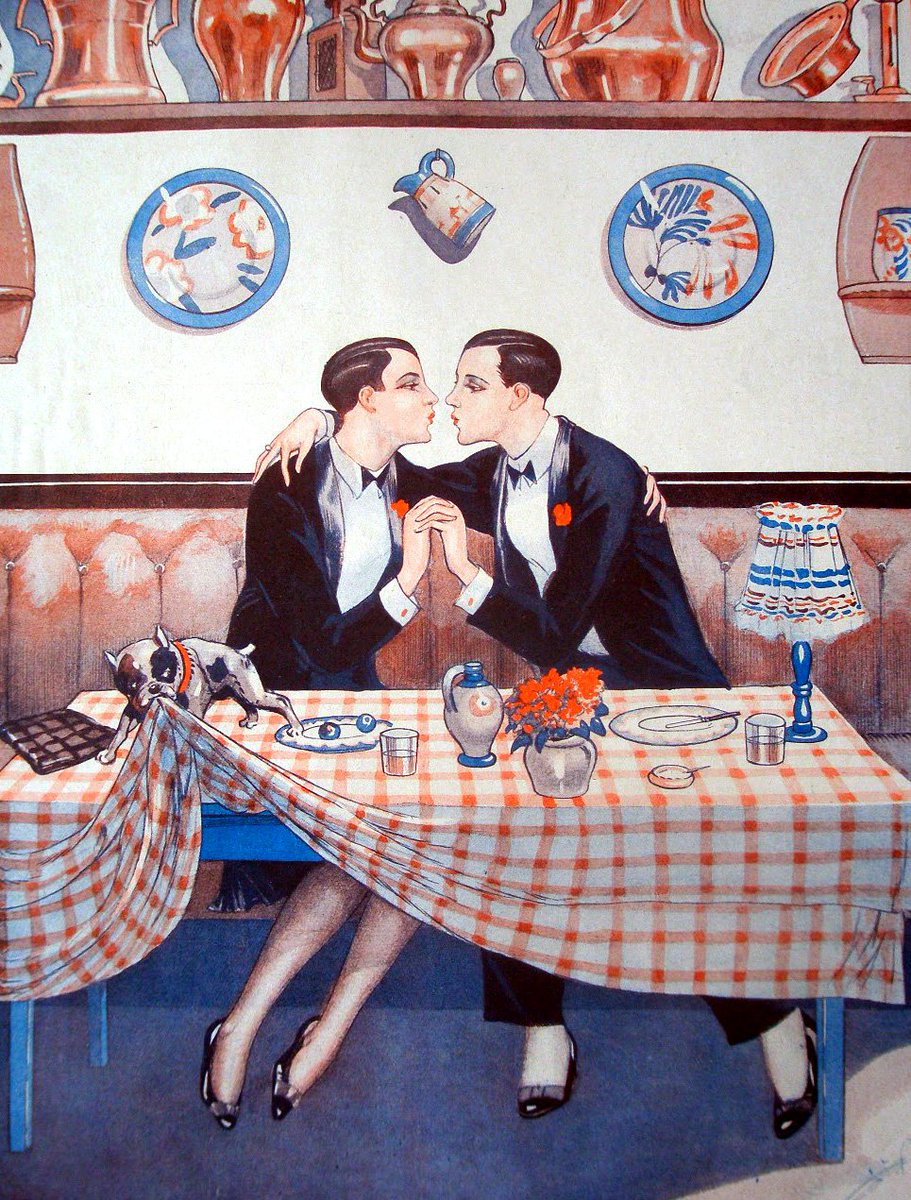
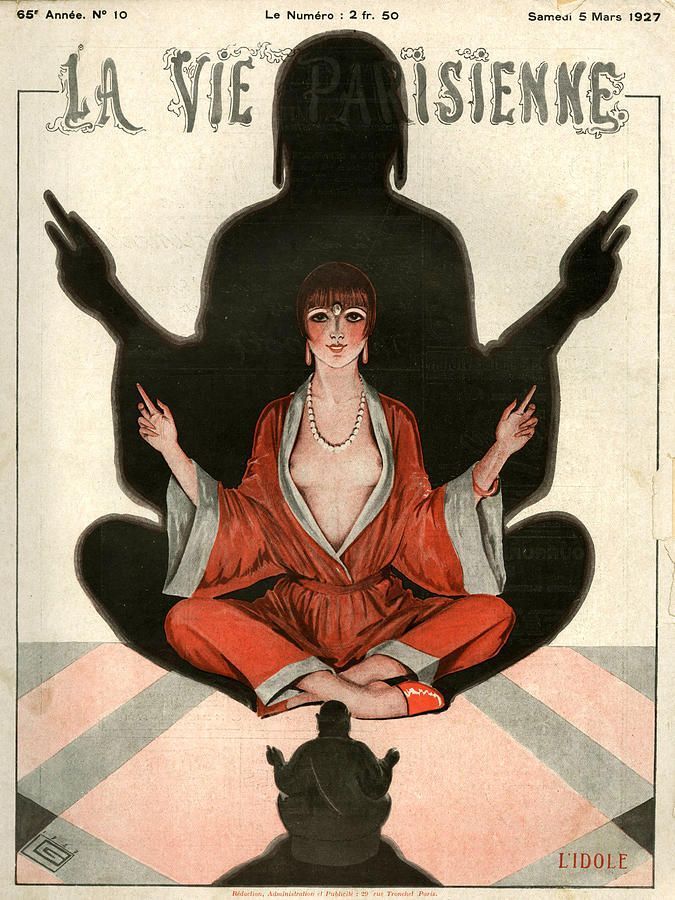
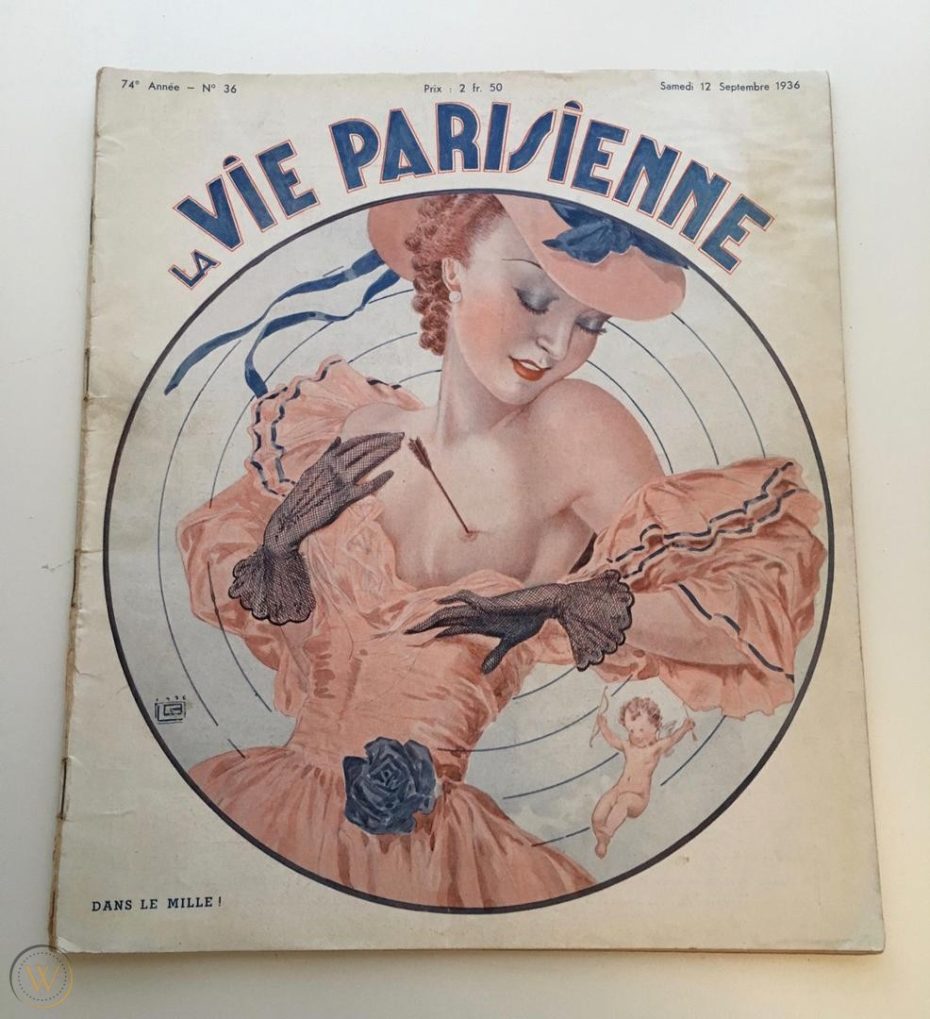
In comparison to La Vie Parisienne‘s 1920s covers and “centrefolds”, the magazine’s earliest 1860s covers were tame. Illustrations were pretty chaste, the editorial stuck to politics and up-and-coming fashion trends, and tear-out classical sheet music was provided for entertaining at home. Some juicy society gossip cartoons was about the sauciest it got….
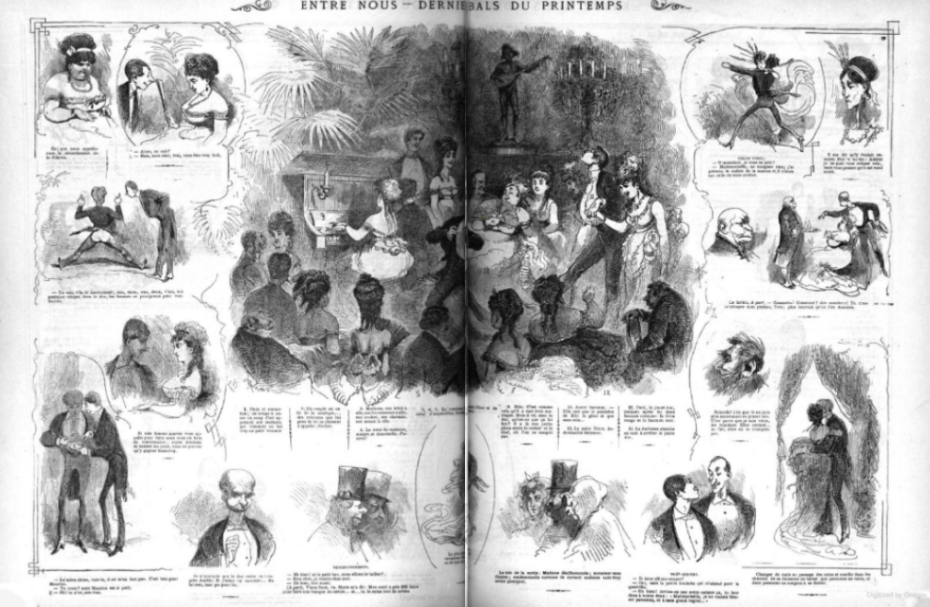
In 1905 the new Editor-in-Chief, Charles Saglio, decided to shake things up. Fashion, culture, and politics would still be a part of Parisienne, but so would sexuality. It was a natural transition for the magazine, which started flashing a pantaloon or two.
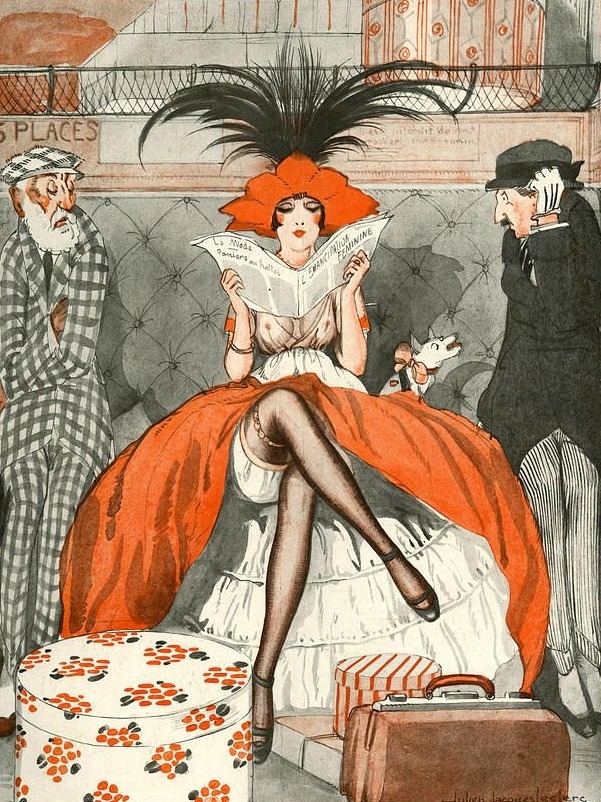
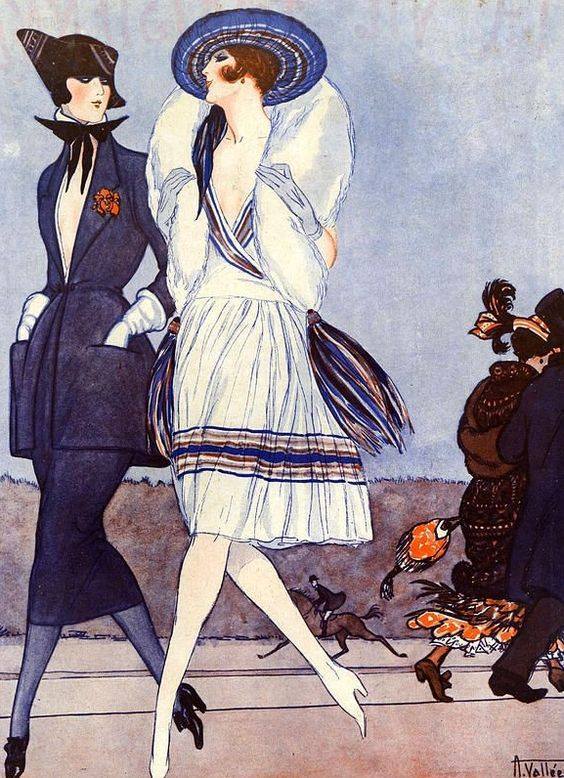
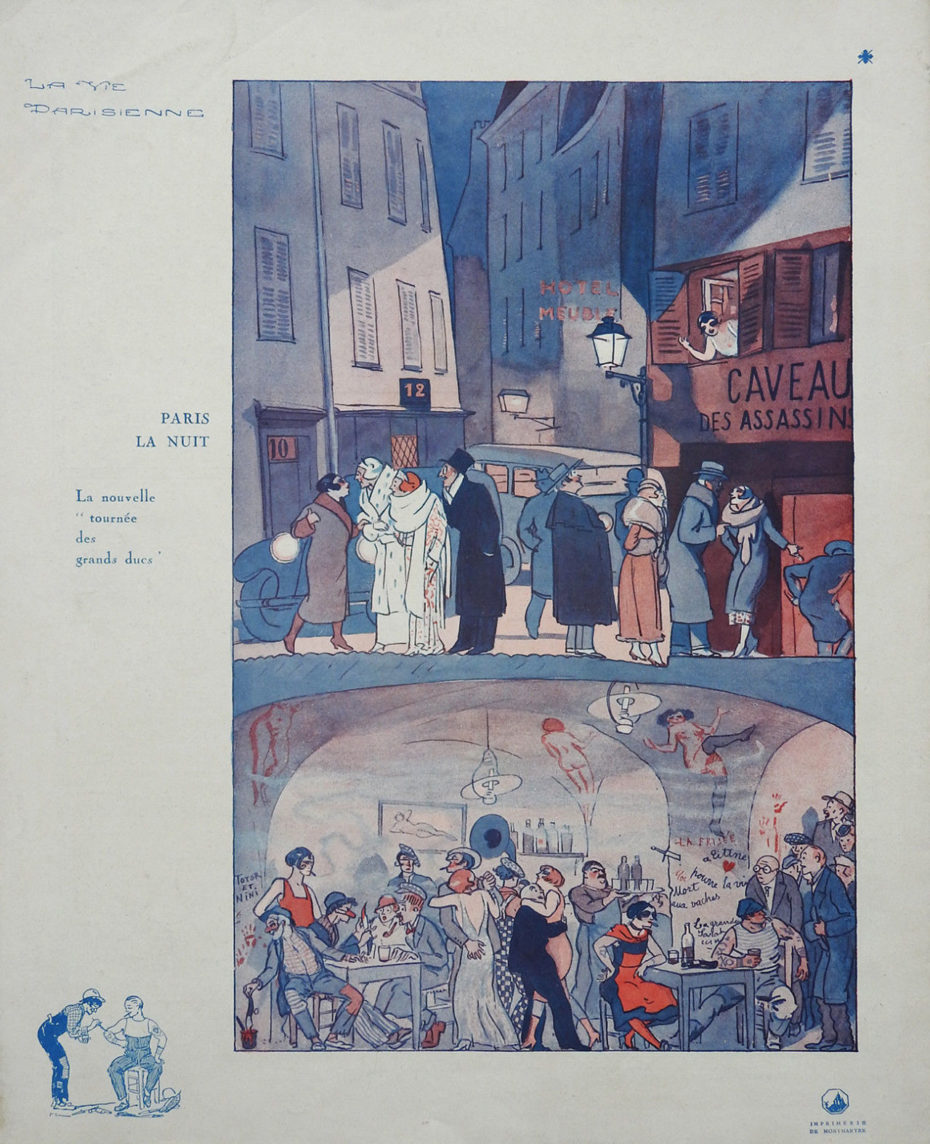
Early 20th century Paris was thee place to be – a city whose cobblestoned streets inspired the likes of Brassaï and Josephine Baker; a place where ladies chopped their Gibson Girl hair off for jet-black bobs, and Lesbian nightclubs like the “Monocle” thrived.
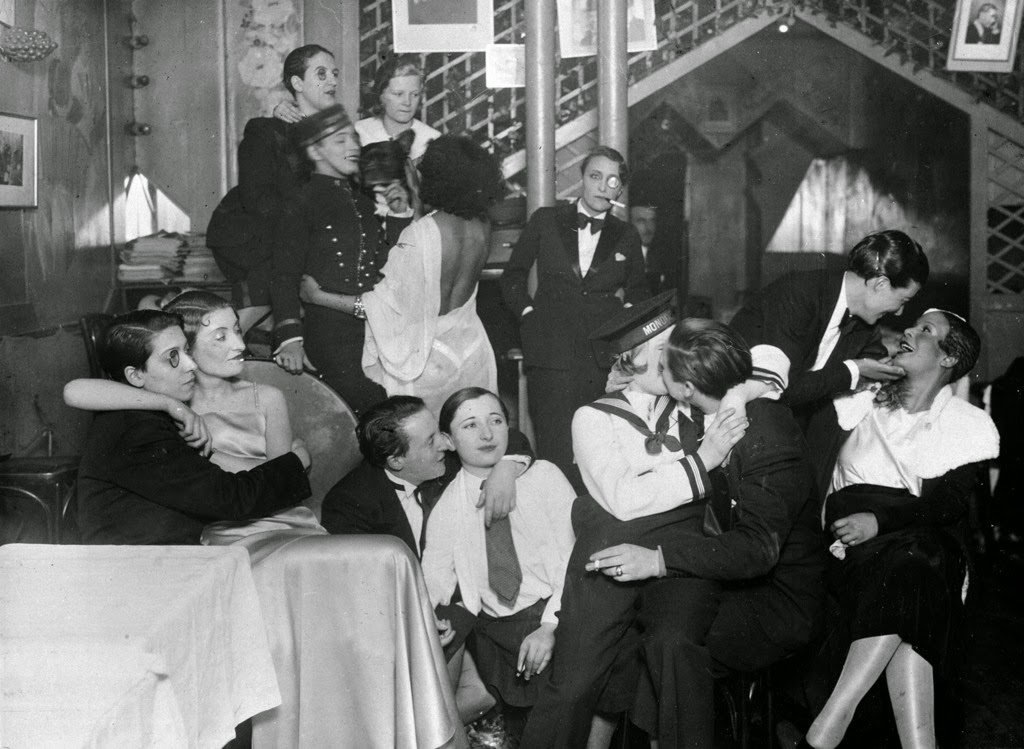
So when Parisienne took a saucier turn, it wasn’t considered smut by the French. Rather, it did something so many glossies from the 1950s onward strove to do: encourage sexual fantasy, expression, and exploration as part of a healthy lifestyle by providing their readers with intellectual, commercial, and erotic content in the pages of one magazine. Were there fabulous rear ends, and nipple slips galore? You bet. But were there also representations of glamorous and independent women who were freely experimenting with their sexuality and gender? Sans doute.
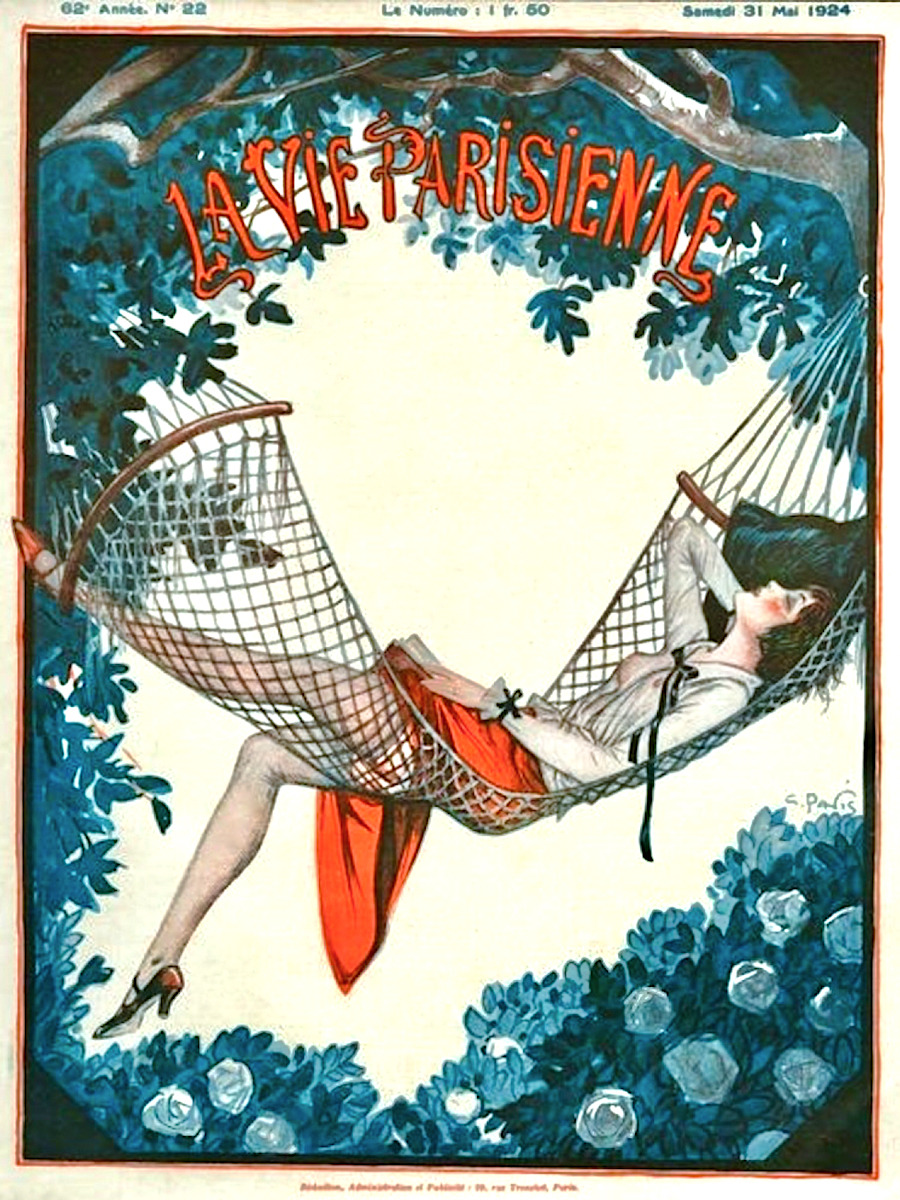
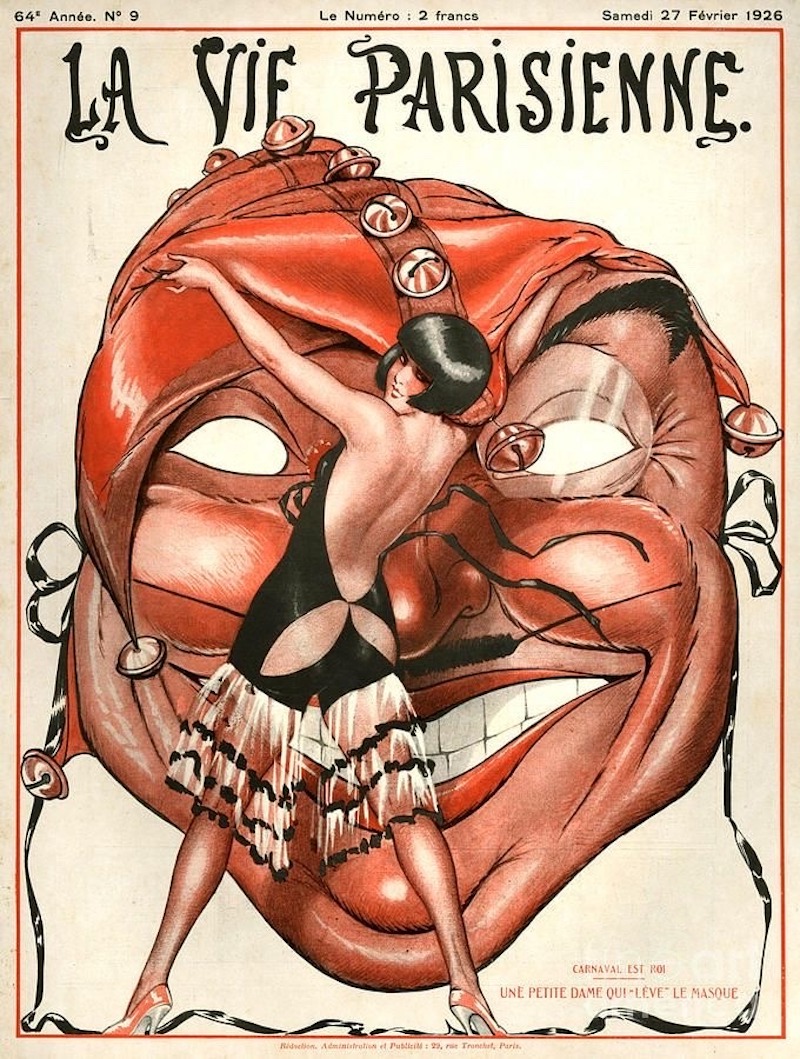
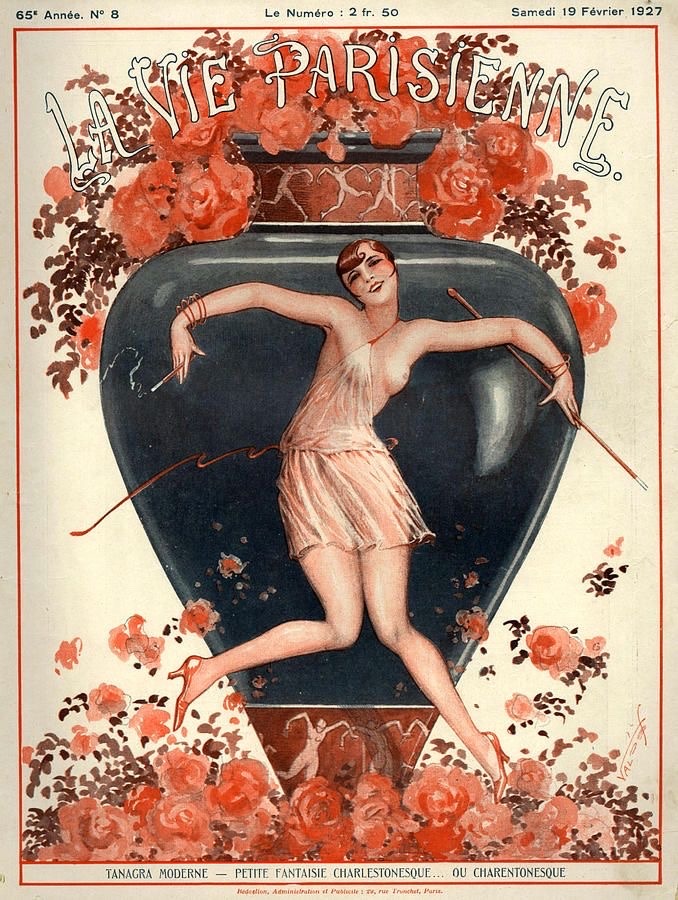
They arrived on shelves in shouting colour, brought to life by storied illustrators like George Barbier, André Marty and others. Today, they are considered some of the most beautiful Art Nouveau editorial relics of the age.
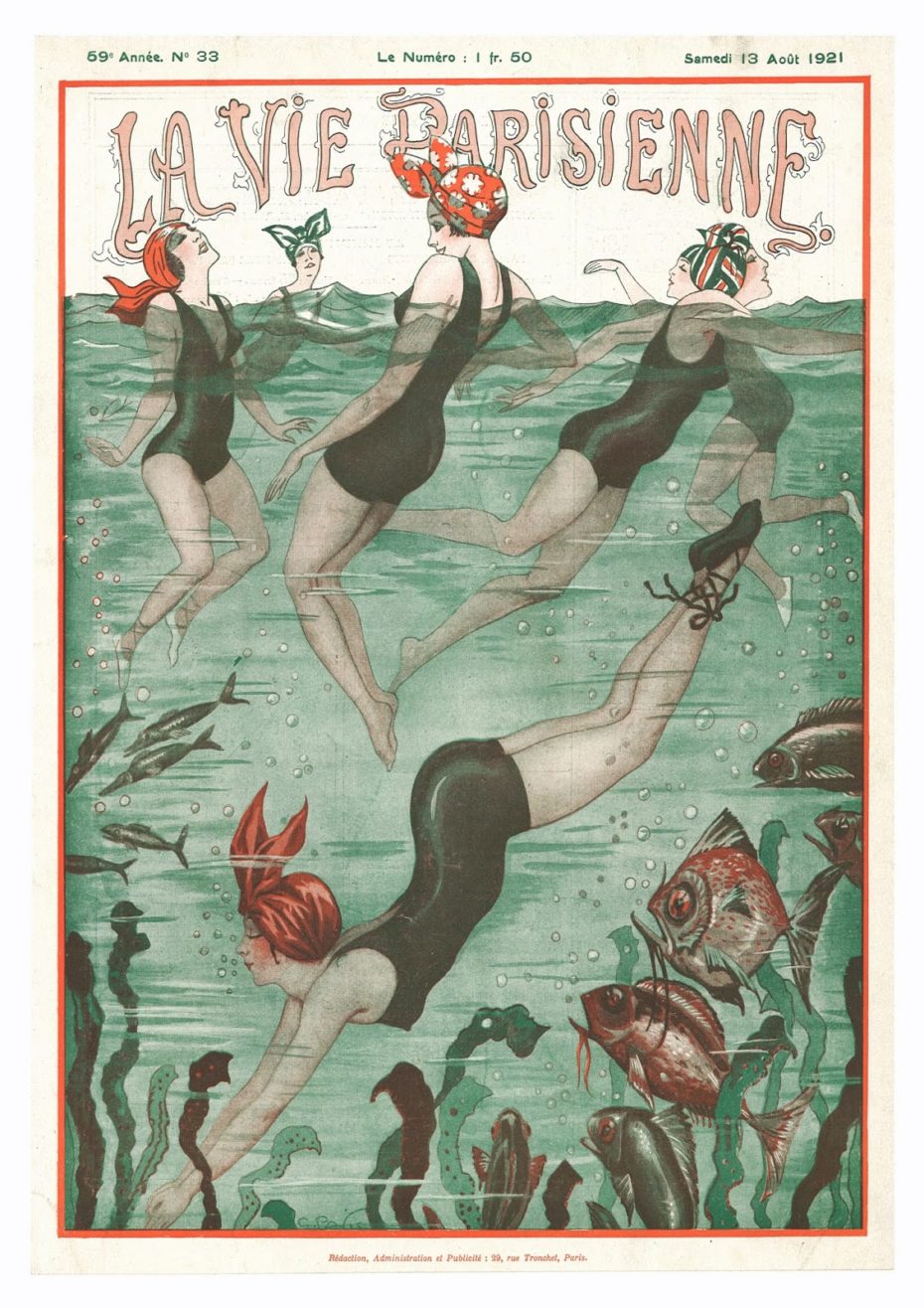
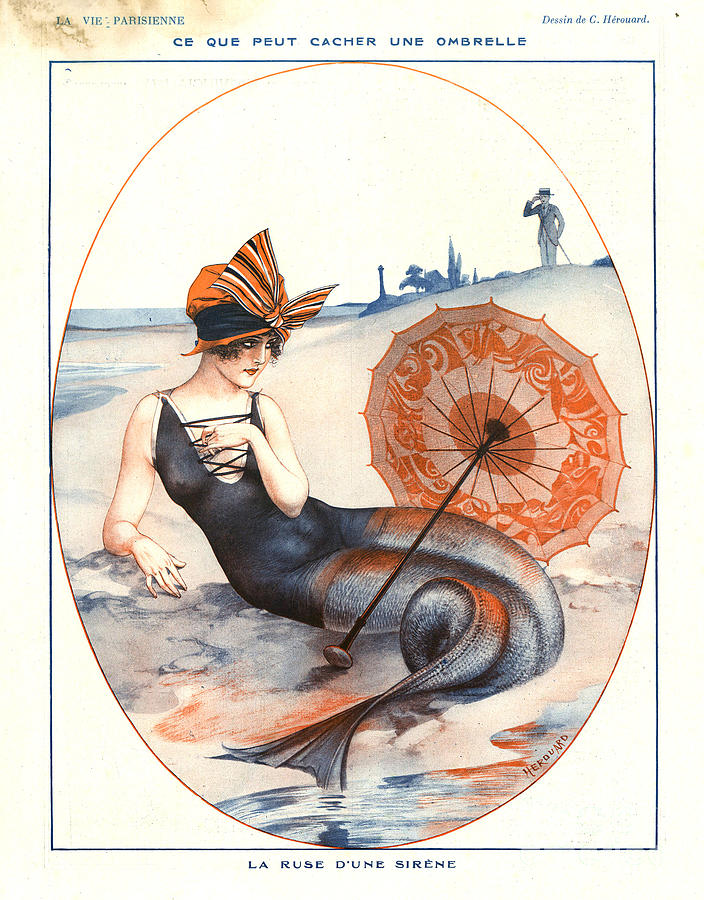
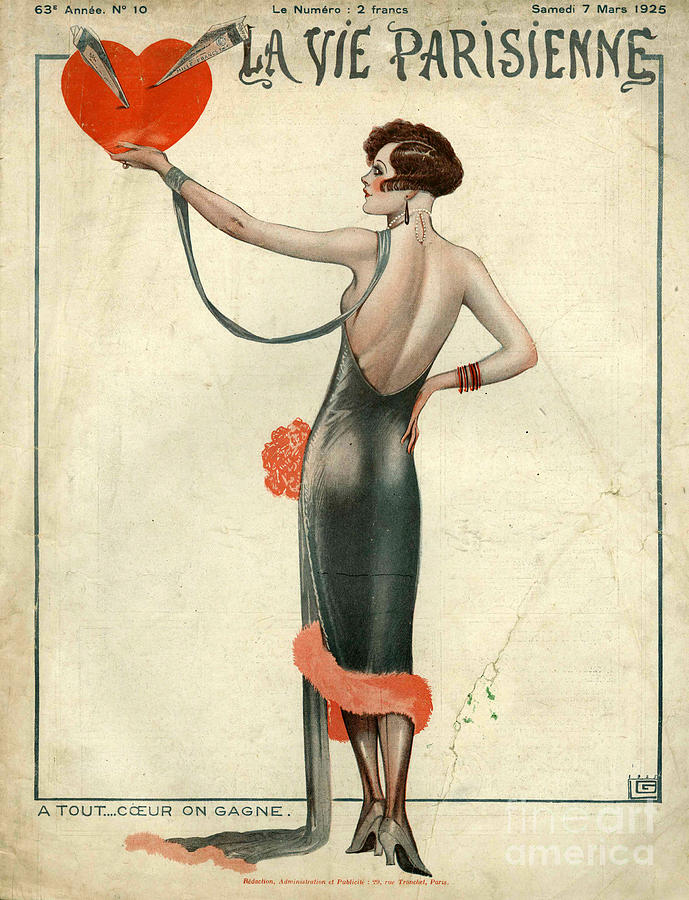
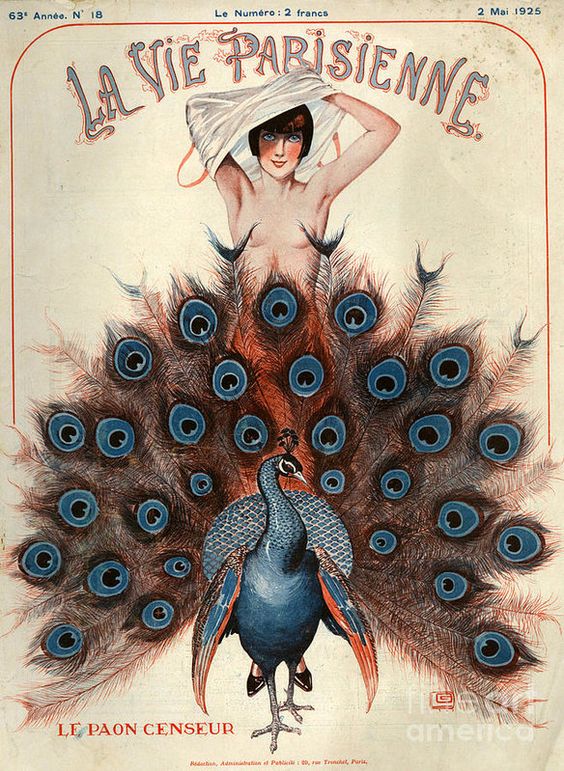
There was also quite a bit of fantasy in the art (if you didn’t already catch that from the abundance of mermaids). This was the golden era of illustration, after all. A time when the likes of Edmond Dulac and Kay Nielsen (who Disney seriously should never have fired) were creating gorgeous illustrations for tales by the Brothers Grimm and Hans Christen Anderson. Parisienne offered full-cover space for illustrators to get creative – as well as breathing room to create more “adult” drawings.
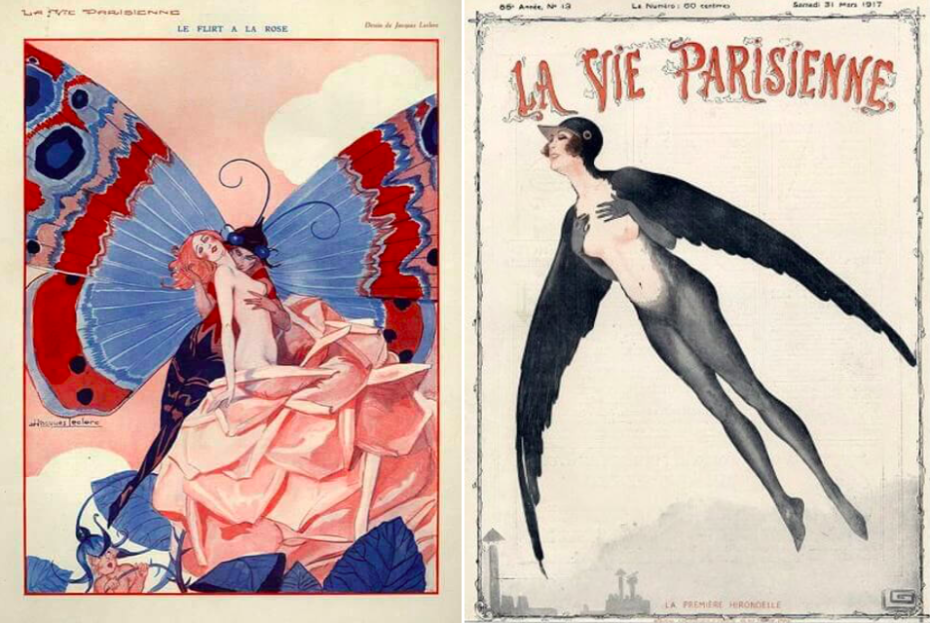
As the title itself suggests, however, La Vie Parisienne certainly banked on one very interesting focal subject in particular, one that doesn’t seem to have lost its intrigue over time either: the lives of Parisian women. In the same way that “French girl style” and her dreamy (albeit highly-filtered) Parisian lifestyle aesthetic has found a captive new audience on social media today, fuelling fashion trends and brands to capitalise on their style, the magazine arguably first identified, marketed and pioneered that fascination (and named their magazine after it).
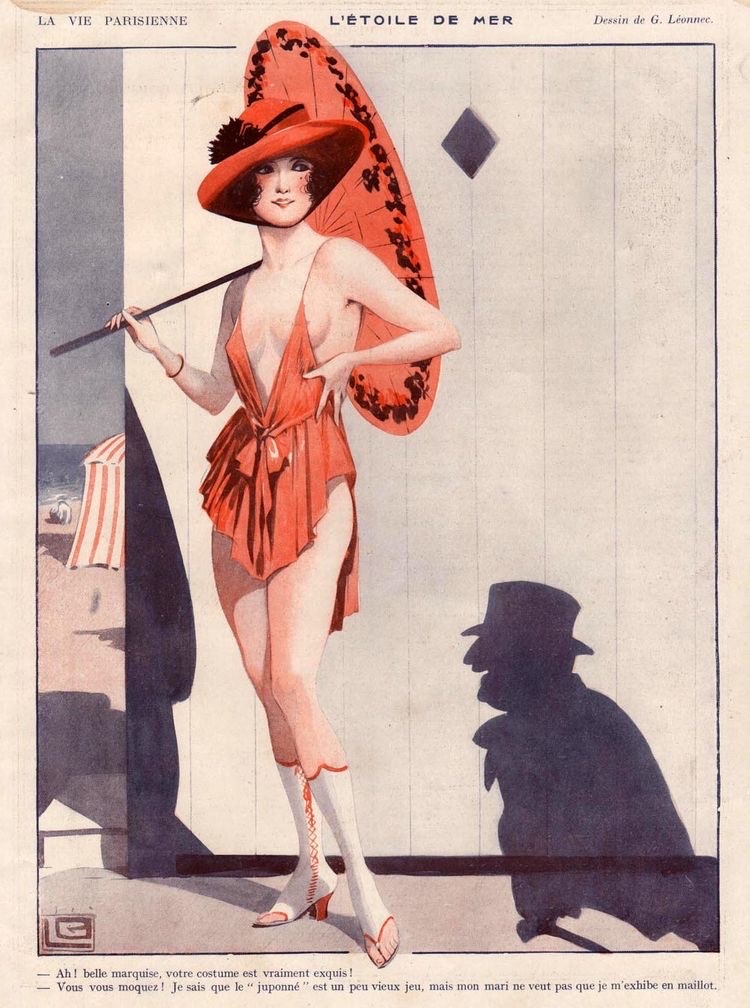
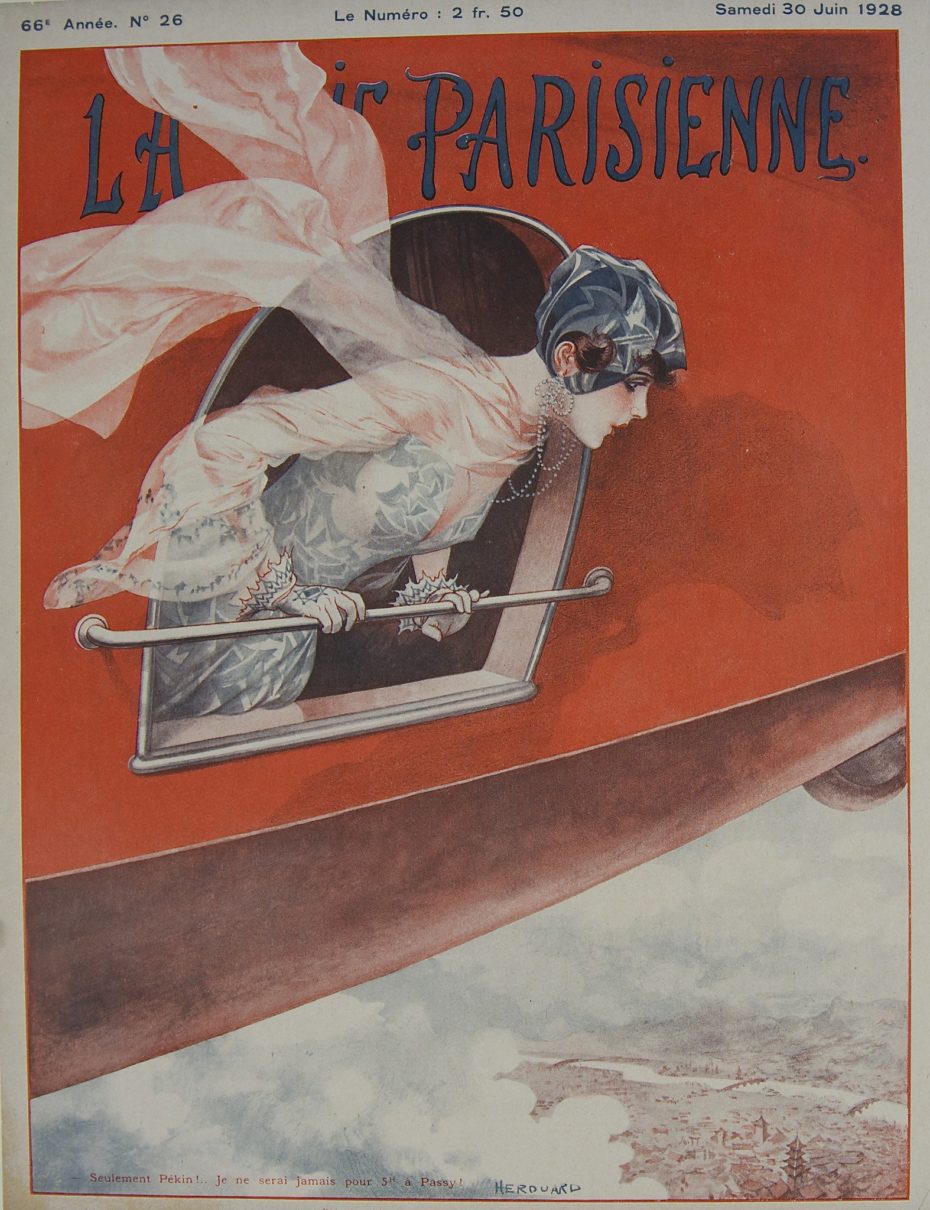
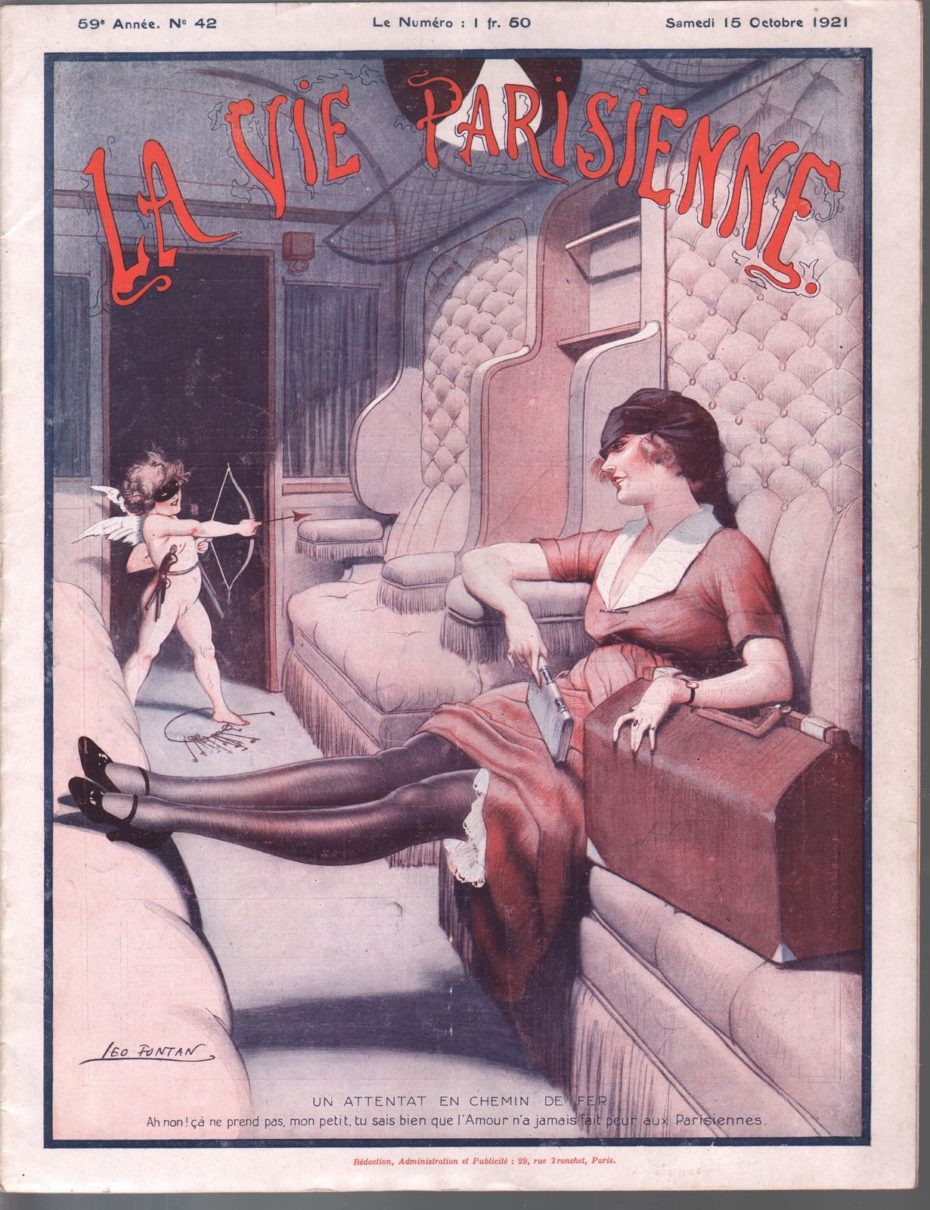
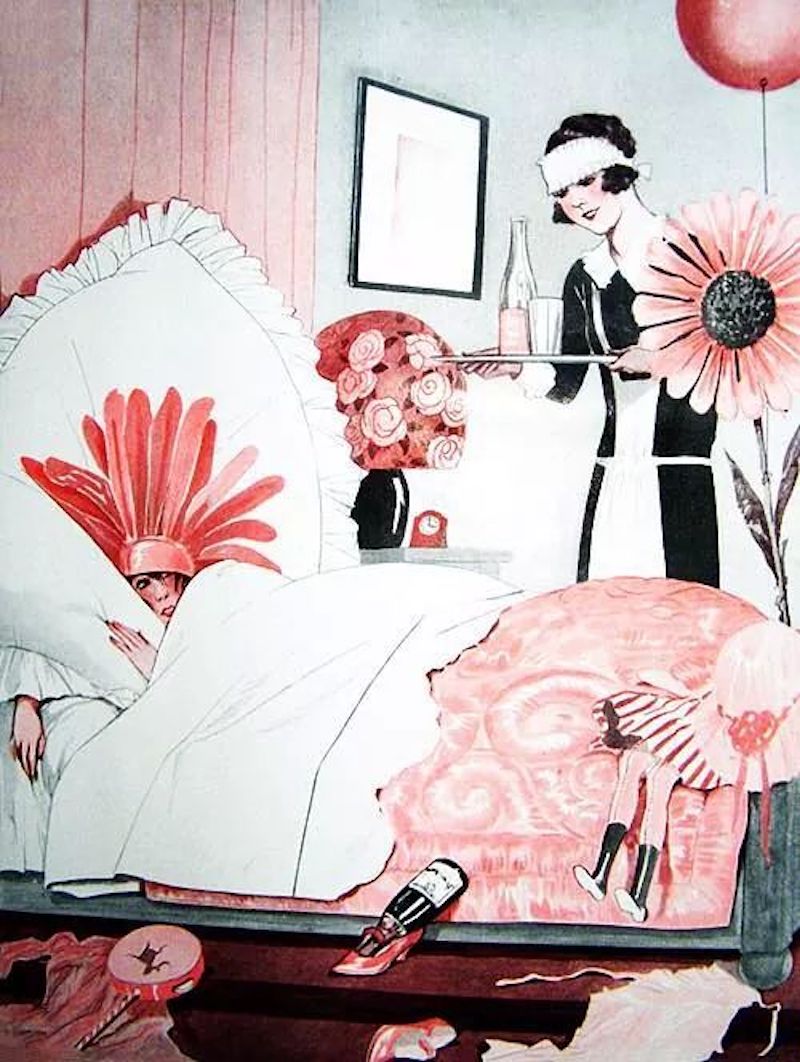
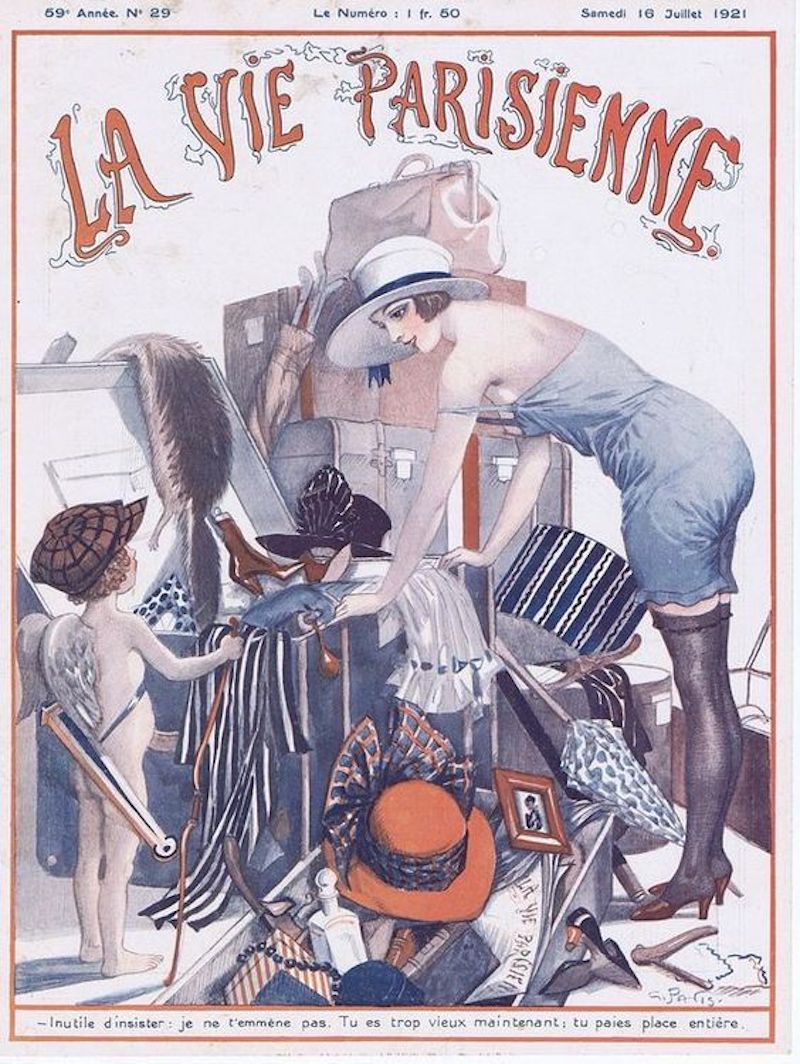
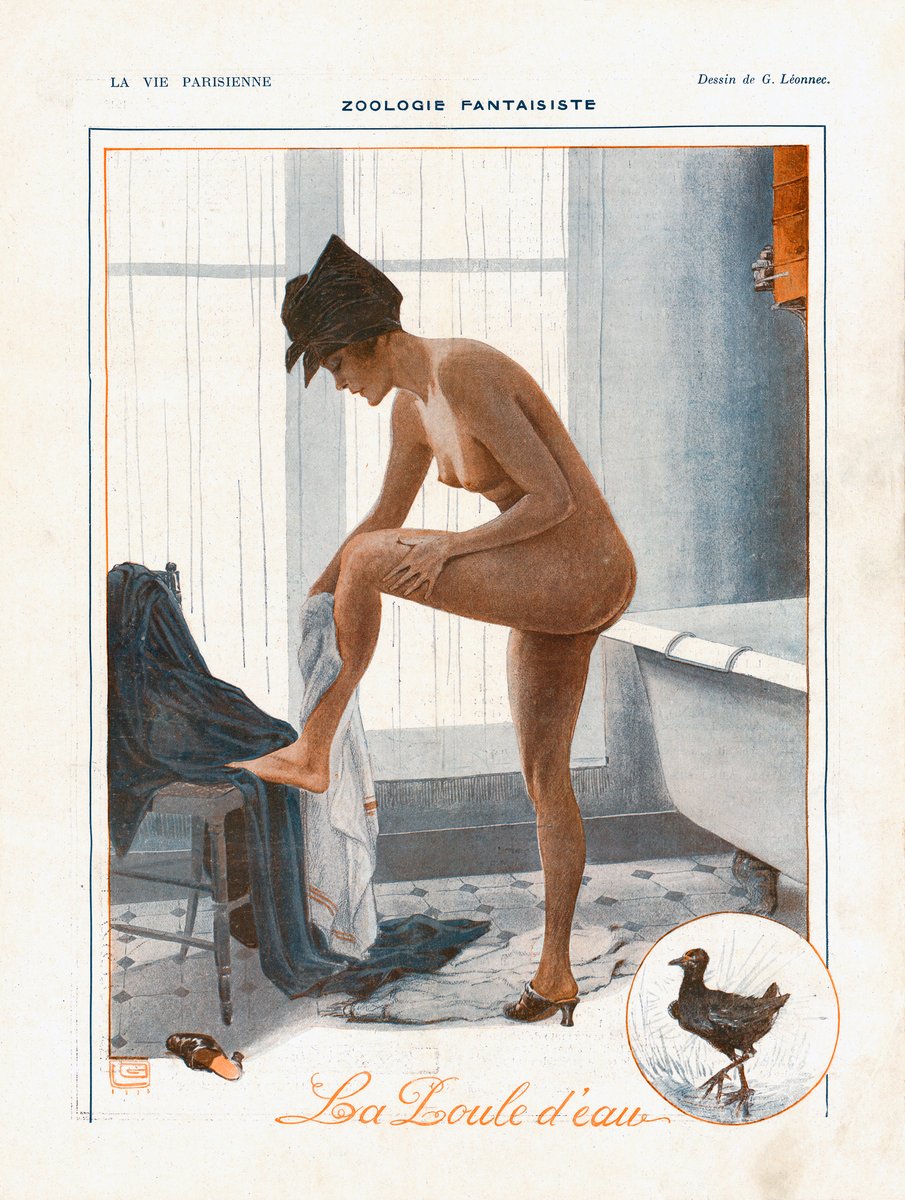
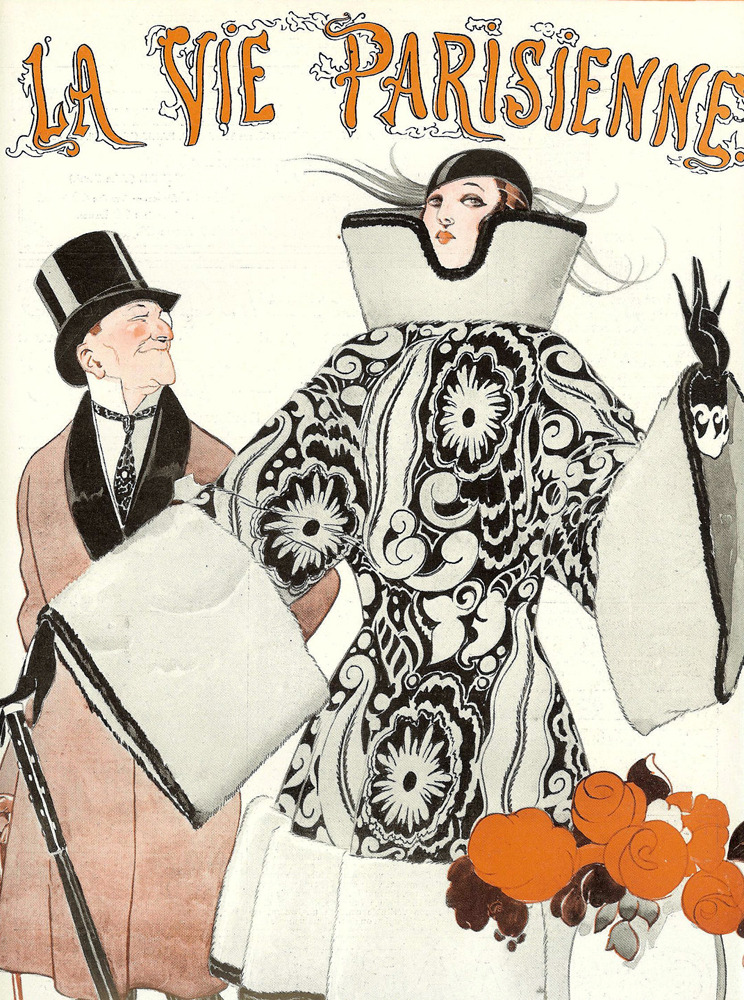
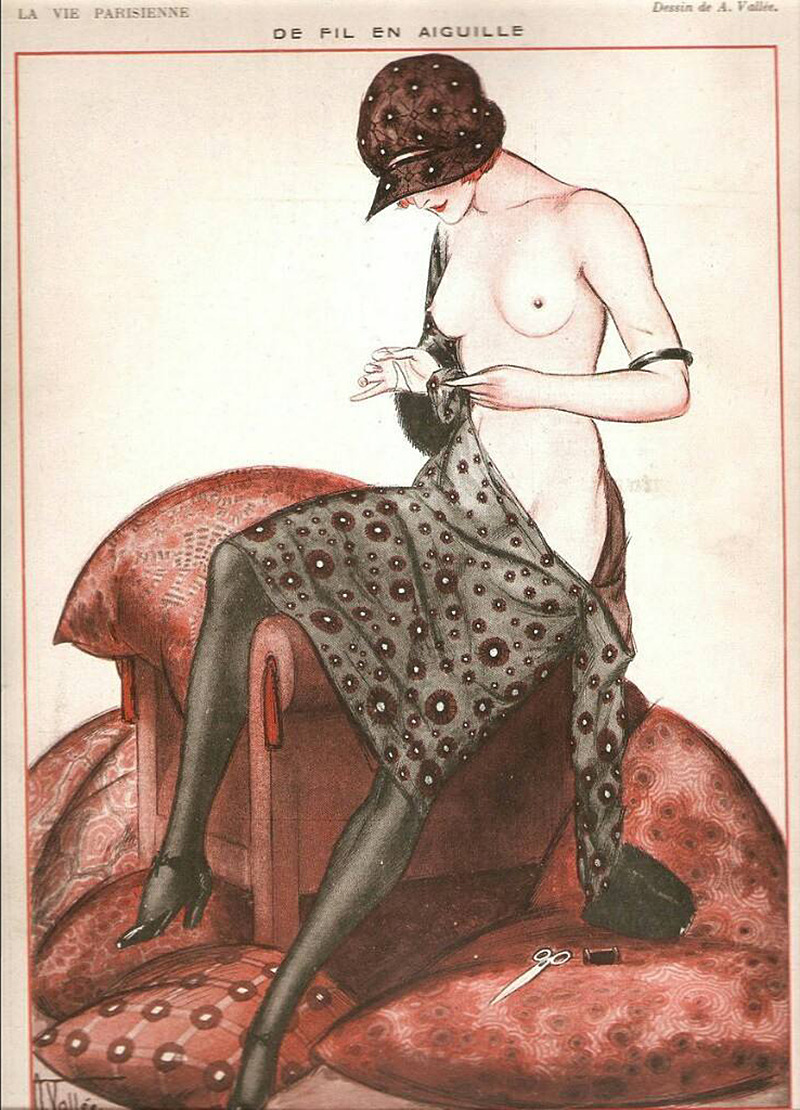
But across the pond, Americans weren’t quite so ready for the free-spirited Parisienne and all she had to bare. In a move that beautifully backfired, high-powered WWI leader General John Joseph Pershing went out of his way to warn servicemen against buying the magazine for its immoral content. Naturally, US sales skyrocketed and the magazine continued to evolve …
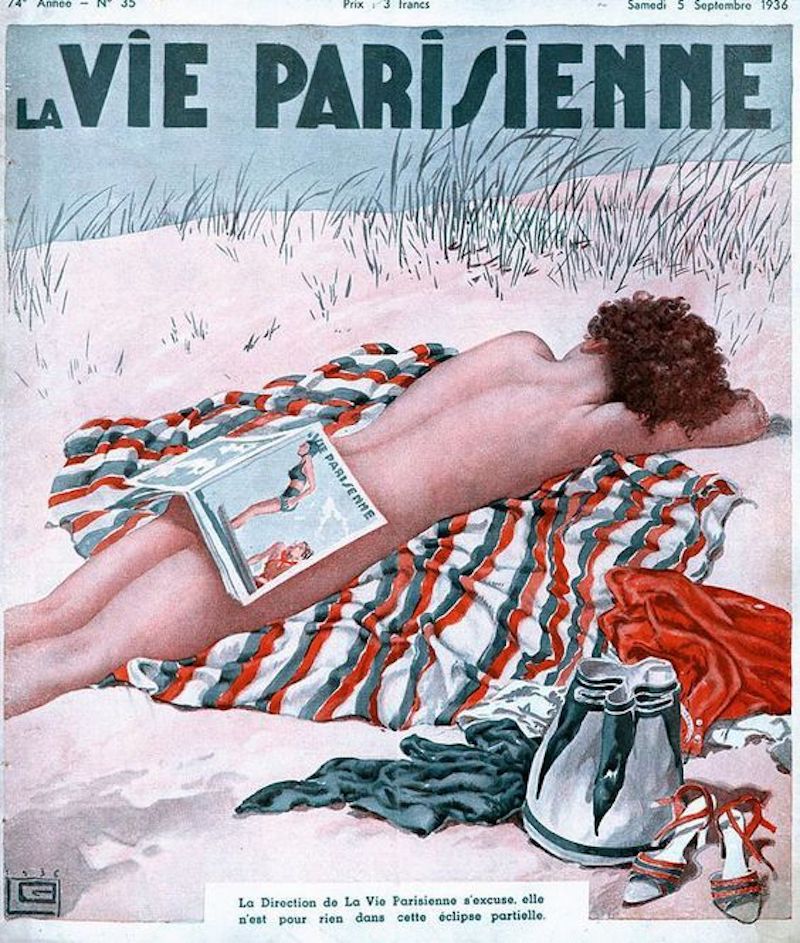
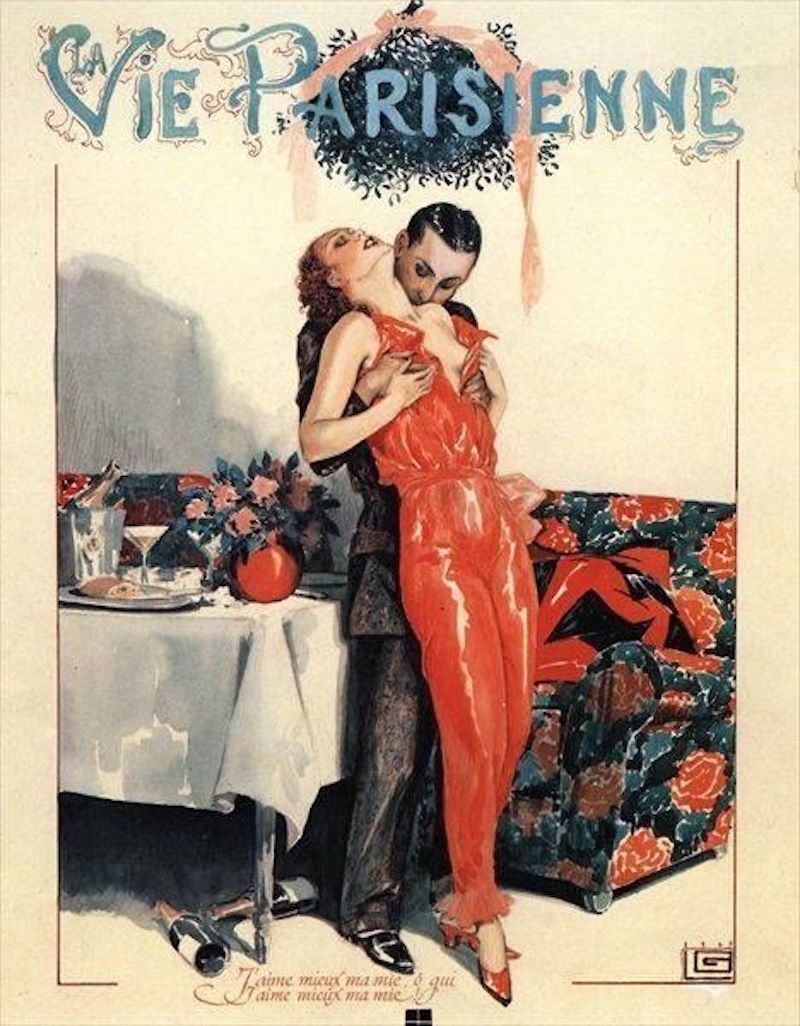
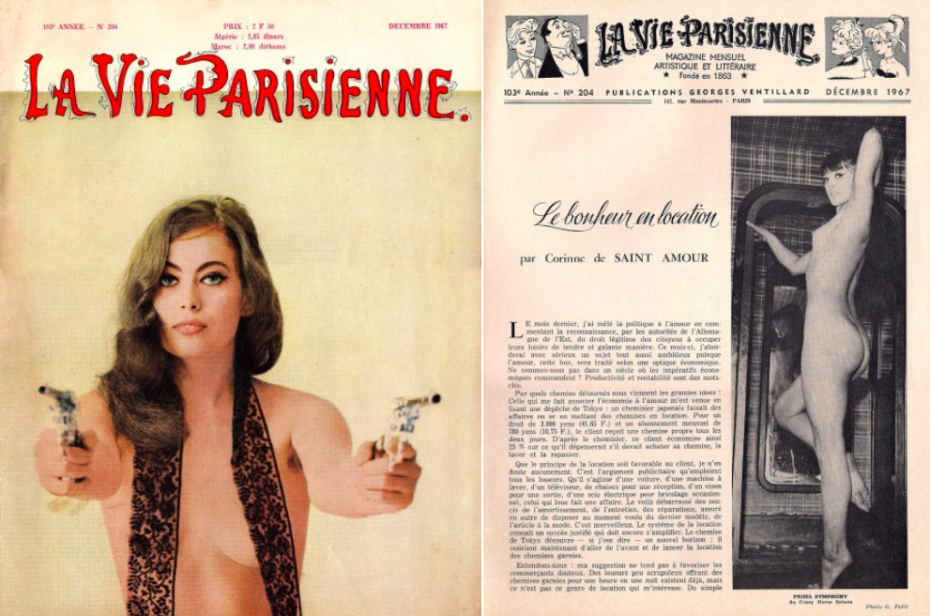
La Vie Parisienne continued to dominate news stands for decades to come, but finally sales slowed in the late 1960s before ceasing to print in 1970. The magazine was actually picked up again under new ownership in 1984, and still exists today. If you’re looking to collect some of the (pique, in our opinion) cover prints or issues from the 19th and early 20th centuries, we suggest you either head to the Paris Flea Market – or the next best thing, eBay.
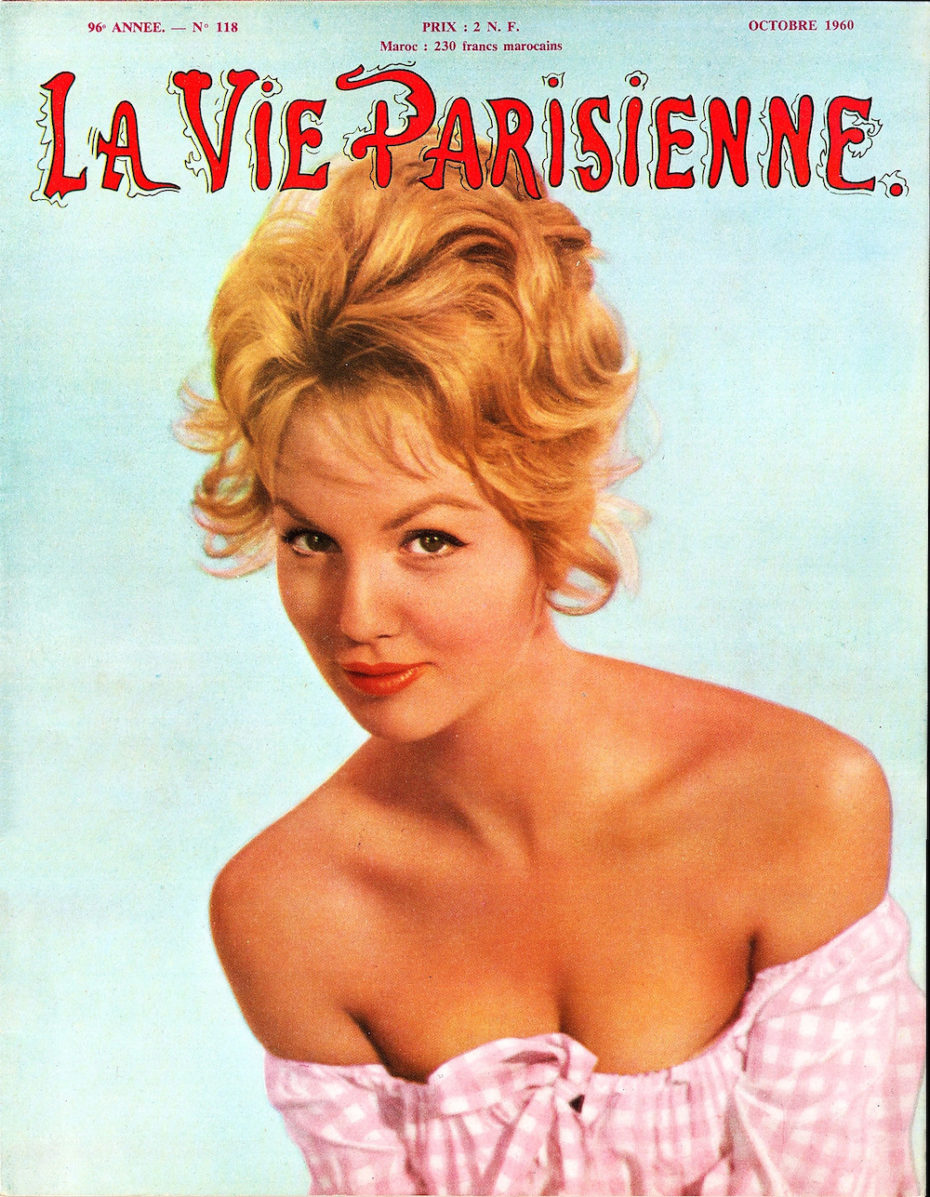
If we’re to hold its entire history up to the standards of intersectionality and inclusion that gave Paris so much of its appeal in the 1920s, the parade of primarily white women in the magazine falls short. That’s not to say it didn’t make huge strides in destigmatising sexuality. But it is important to remember the publication as both a pioneer, and a product of its time.
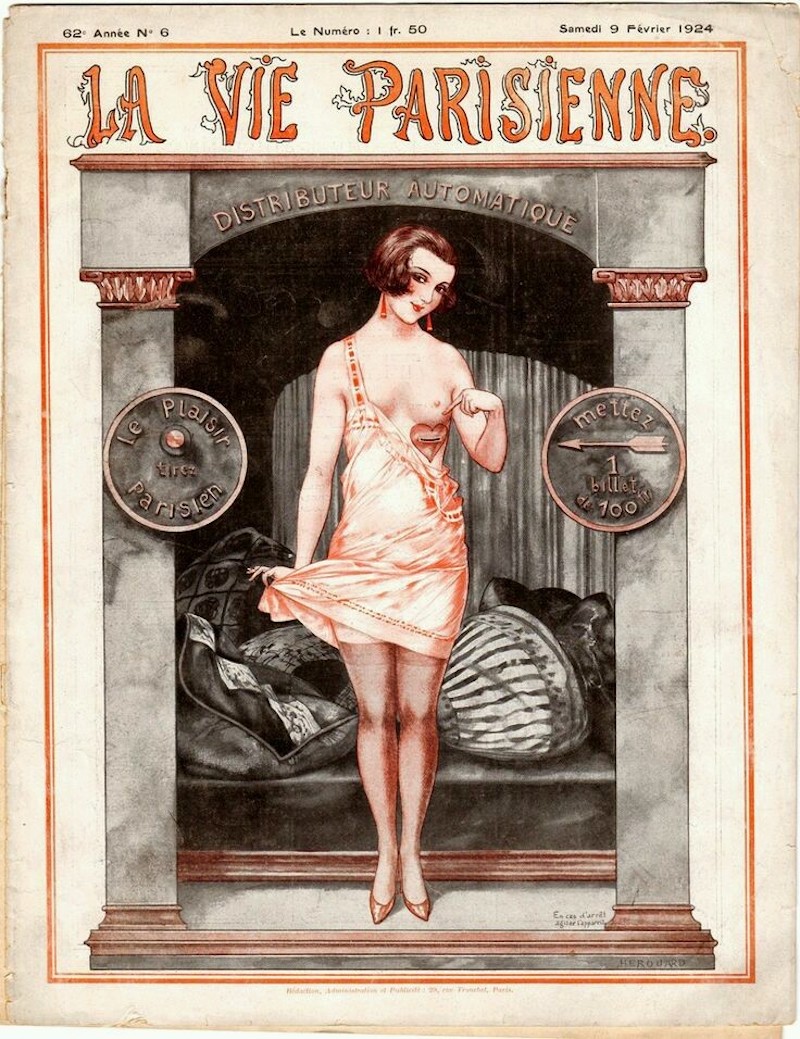
It’s also important to consider that Parisienne was cradled by Belle Epoque Paris when it first hit shelves in 1863 – another planet, depending on who you asked. Take, for example, this incredible 1970s interview on Youtube with a 108-yr-old Englishwoman, Florence Pannel, who dishes on her life in the 1800s…
She gives pause to questions that breadcrumb into larger discussions on women’s liberation, and sexual freedom in general. But what might’ve happened, at the sight of a bare ankle?! the interviewer wonders. Florence takes a moment before declaring, “In Paris, nothing mattered.”
